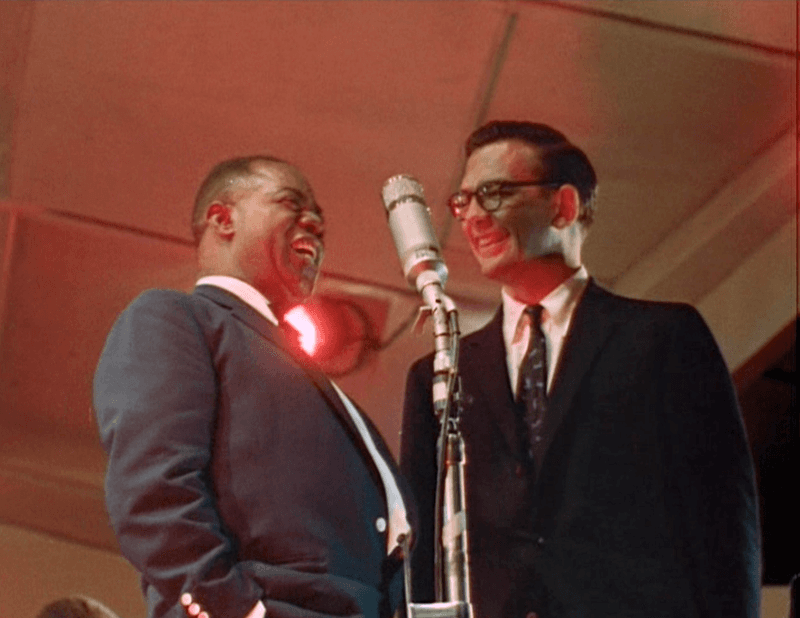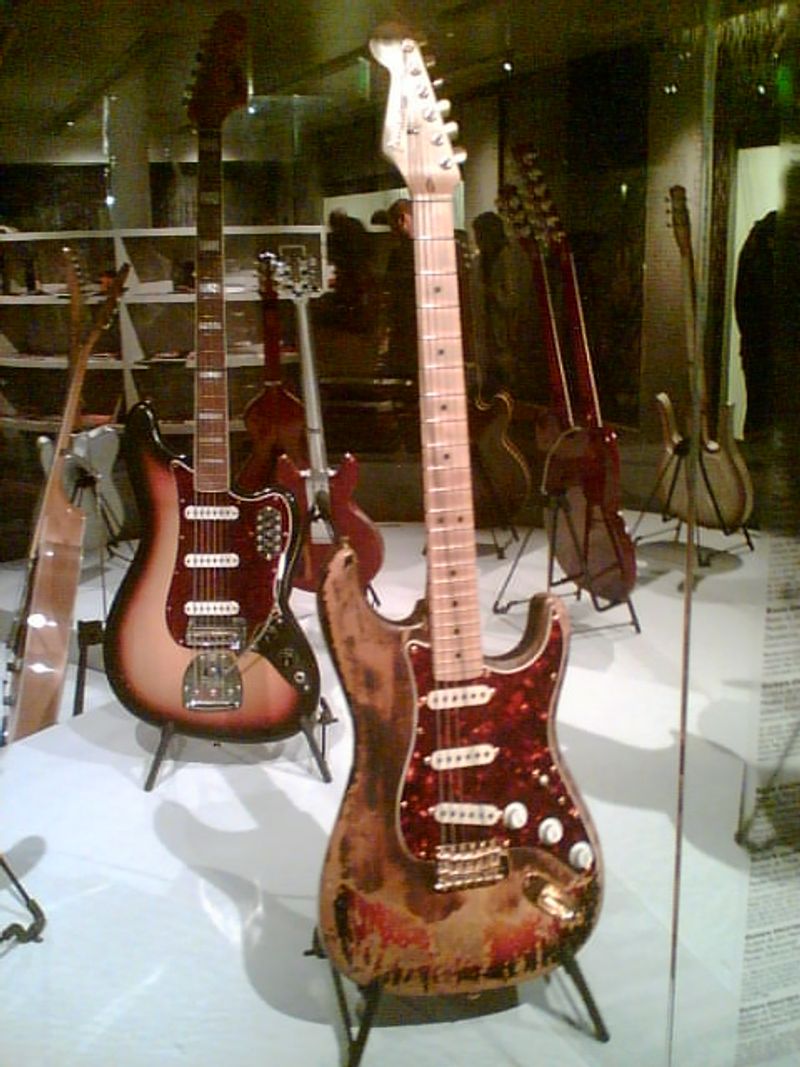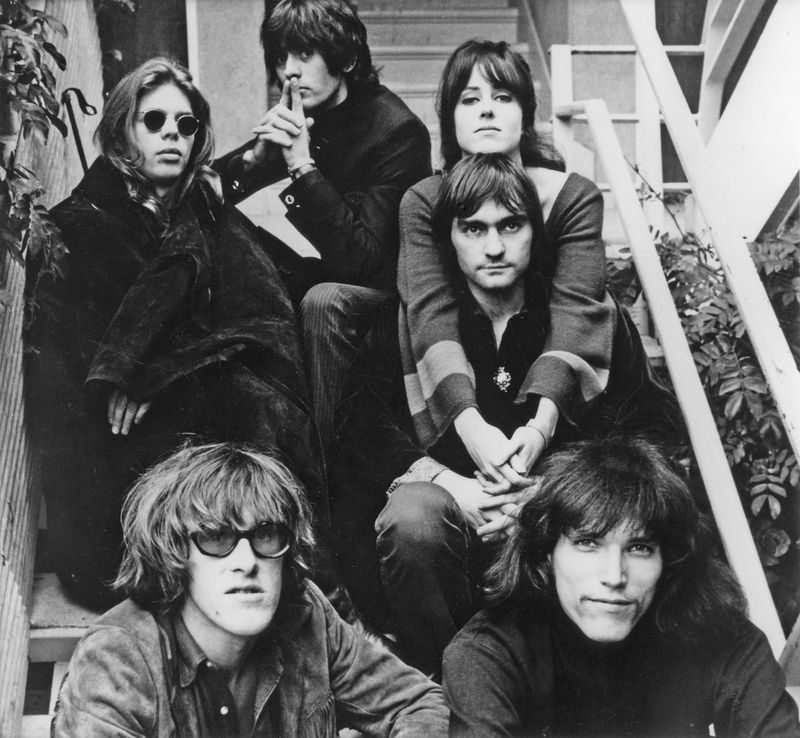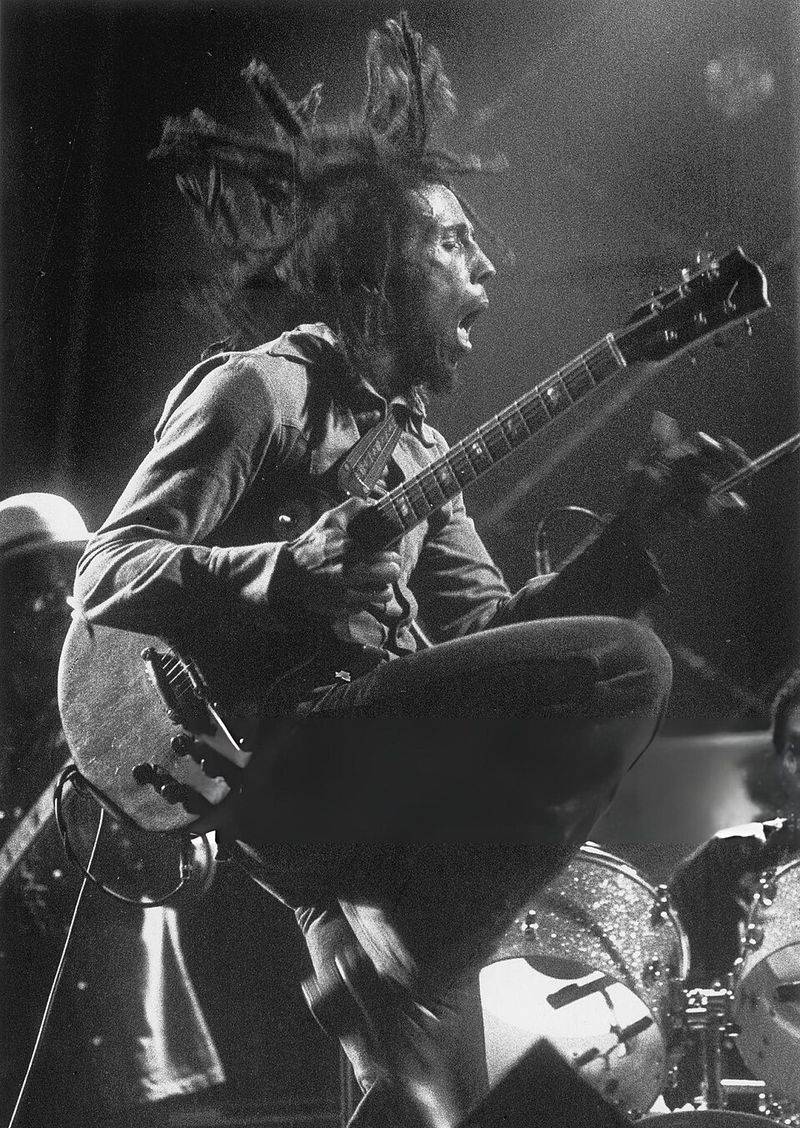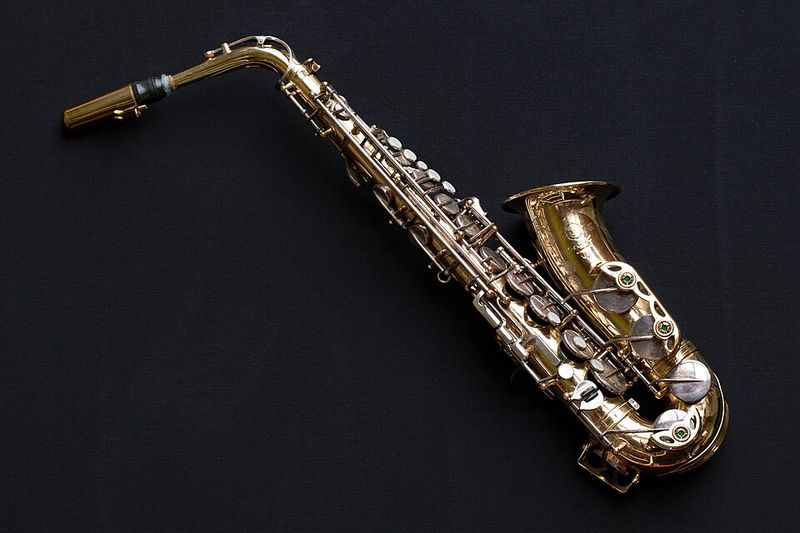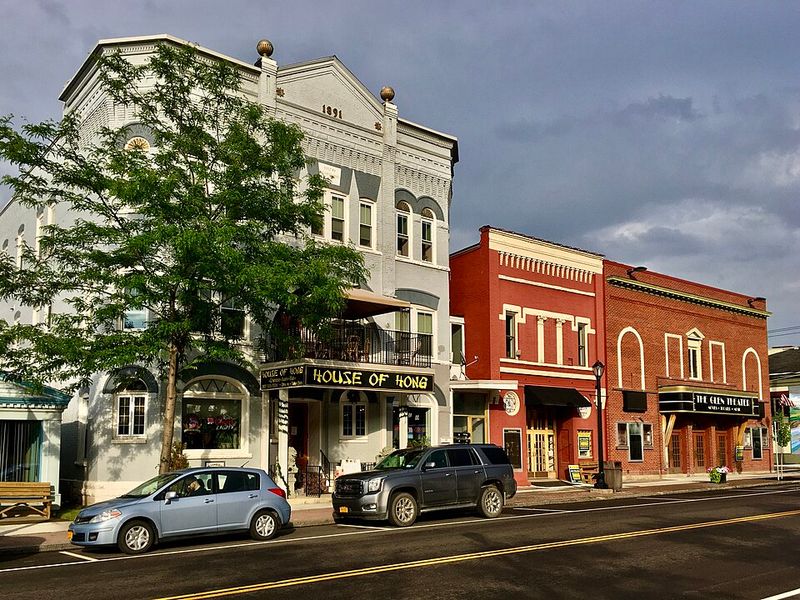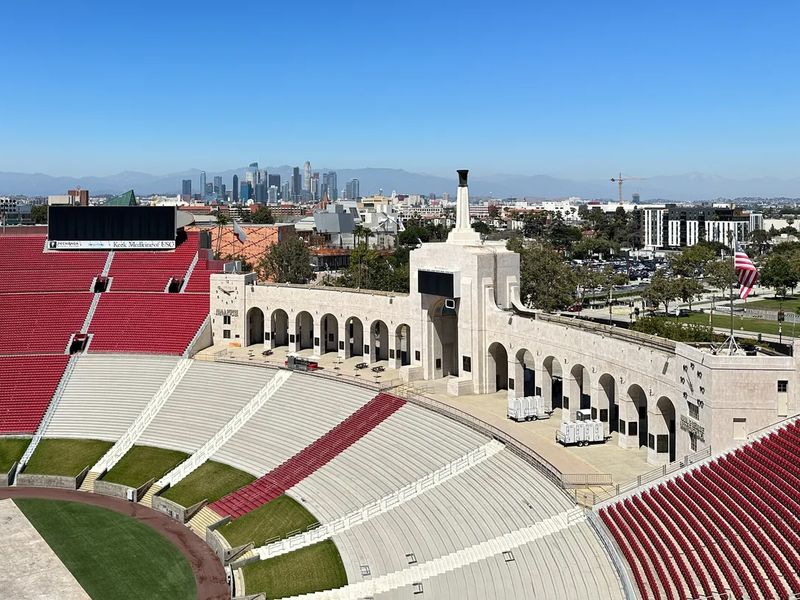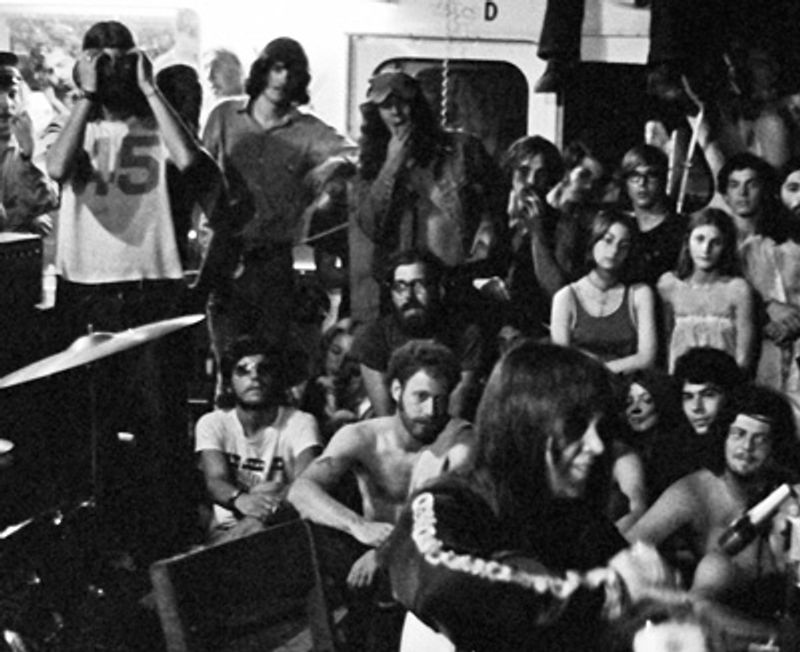America once pulsed to the rhythm of grand music gatherings that shaped culture, sparked controversy, and birthed legends. These festivals defined eras, fused genres, and carried movements from the margins to the mainstream. Some imploded, others faded quietly, but each left echoes that still color how we experience live music. Dive into the vanished spectacles that wrote the book on festival culture – and then slipped into myth.
1. Newport Jazz Festival (1958)
Born in 1954 but crystallized by 1958’s definitive edition, Newport Jazz Festival reimagined jazz as a public spectacle, not a club-bound art. The 1958 lineup, captured in iconic film, placed modern jazz on a grand stage and foreshadowed hybrid futures. As decades passed, rock and fusion acts crept in, broadening audiences while unsettling purists. Newport embodied a pivot point: improvisation meeting mass culture, virtuosity meeting civic ritual. Its format and scale informed later mega-festivals, binding musical seriousness to summertime ease. Though iterations continue elsewhere, that original era’s spirit – jazz as national town hall – feels like a vanished American promise.
2. Newport Folk Festival (1965)
In 1965, Newport Folk became a crucible where American tradition met electric modernity. Bob Dylan’s amplified set divided the faithful, yet it stitched folk storytelling to rock’s urgency, reshaping radio and rebellion alike. Emerging protest voices found a megaphone, while archival ballads reawakened with new electricity. The festival’s communal ethos turned audiences into choruses and movement into melody. Though revived and reimagined over years, the mid-60s Newport aura – earnest, contested, transformative – belongs to a specific American hinge. It taught festivals to be more than entertainment: they could be national arguments sung loudly, and sometimes plugged directly into history.
3. Monterey Pop Festival (1967)
Monterey Pop detonated in 1967, launching Jimi Hendrix, Janis Joplin, and The Who into American myth. It showcased rock as high art and social gathering, kaleidoscopic yet beautifully organized. The event’s cinematic documentation spread flower-power aesthetics worldwide, turning local sensations into global figures. Volunteers, nonprofit aims, and genre openness set a humane template copied everywhere. Hendrix’s guitar-burning became the decade’s emblem, yet quieter sets proved intimacy could scale. Monterey was proof that a festival could be utopian and professional, curated yet spontaneous. Its brief flare inaugurated the modern rock festival, then gracefully receded, leaving an indelible technicolor afterimage.
4. Fantasy Fair and Magic Mountain Music Festival (1967)
Preceding Monterey by days, Fantasy Fair and Magic Mountain crowned the Bay Area’s countercultural ascent. Set on Mount Tamalpais, it fused scenic grandeur with an ambitious bill including The Doors and Jefferson Airplane. The event proved large-scale rock could be both communal and technically competent. Its success, despite logistical challenges, pioneered volunteer staffing, benefit-driven motives, and multi-genre curation. Audiences experienced a proto-Woodstock energy rooted in local activism and cosmic vibes. The festival’s brief life belies its outsized influence: it mapped how California would stage joy, dissent, and amplification under open skies. Then, like fog, it lifted.
5. Miami Pop Festivals (1968)
Miami hosted two 1968 gatherings that brought cutting-edge rock and soul to Florida’s shores. Jimi Hendrix, Marvin Gaye, and a rich roster bridged regional divides, putting the Southeast on the festival map. Production hurdles and weather drama taught hard lessons in crowd management and staging. Yet the music’s heat matched the climate, mixing psychedelia with groove and early funk. The events foreshadowed Sunbelt growth in live entertainment, showing big-tent rock could thrive beyond coastal capitals. Their inconsistent organization also warned how fragile these ideals were. Miami’s moment shimmered, transformed local scenes, and then evaporated into warm Atlantic air.
6. Northern California Folk-Rock Festival (1968)
This festival braided folk intimacy with psychedelic spectacle, booking Jefferson Airplane, The Doors, and evolving Bay Area sounds. It caught a transitional current: lyrics still message-rich while amplifiers roared. Audiences arrived for communion and curiosity, discovering how protest poetry could dance. The production mixed idealism with rough edges, inspiring better infrastructure at later shows. Its identity wasn’t a franchise but a moment, proof that hybrids attract multitudes. Northern California’s experimental heartbeat echoed through its stages, capturing a region testing boundaries. Afterward, the scene dispersed into clubs and arenas, but the festival’s living experiment remained a blueprint for risk.
7. Ozark Music Festival (1974)
In Missouri’s heartland, the Ozark Music Festival swelled to colossal size, surprising officials and neighbors. Eagles, Aerosmith, and hard-touring bands drew a sea of humanity to a non-coastal stage. The sheer scale stressed sanitation, security, and local patience, becoming a case study in rural logistics. Yet musically, it democratized rock spectacle, bringing stadium energy to America’s interior. Its aftermath spurred tighter regulations and a warier public eye. Still, for attendees, it was liberation by guitar riff, an improbable weekend of community. Ozark’s paradox – mass joy shadowed by mismanagement – etched a cautionary legend across flyover-country memory.
8. Schaefer Music Festival (1975)
Set in New York’s urban core, the Schaefer Music Festival offered summer-long lineups that felt both neighborly and world-class. By 1975, it became a proving ground where Bob Marley electrified early American audiences. The city’s hum blended with reggae basslines and singer-songwriter confessionals. Affordable tickets and accessible transit democratized discovery, transforming a park into an open-air classroom. Corporate sponsorship foreshadowed modern branding, for better and worse. The festival reframed metropolitan space as a musical commons, elastic and alive. Its legacy lingers in city summer series, even as its specific chemistry – grit, ambition, intimacy – belongs to a vanished New York.
9. Kool Jazz Festival (1976)
Born in San Francisco’s mid-70s moment, the Kool Jazz Festival extended jazz’s reach by inviting R&B and soul stars. It blurred boundaries: horn charts met velvet grooves, and dancefloors formed under the sky. Sponsors enabled scale, while artists found cross-genre audiences ready to listen and move. The festival challenged purism, asserting that Black American music lives along a continuum. Production savvy kept lineups tight and crowds content, even as tastes shifted. For a bright instant, jazz coexisted with funk seamlessly, making weekend diplomacy through rhythm. When it faded, it left promoters a map to blend sophistication and heat.
10. Summer Jam at Watkins Glen (1973)
Watkins Glen gathered the Grateful Dead, The Band, and the Allman Brothers before an oceanic crowd. It felt endless, a pilgrimage where highways became footpaths and car roofs observation decks. The sound stretched pastoral and thunderous, turning upstate New York into a temporary nation. Logistics strained, but camaraderie compensated, with impromptu markets and shared supplies. Musically, extended improvisations mirrored the crowd’s sprawl, dissolving boundaries between set and scene. Its singular scale set attendance records and operational precedents. Then it vanished, a one-time constellation proving that size can be sublime – and that such magnitude is rarely sustainable.
11. Wattstax (1972)
Wattstax transformed the Los Angeles Memorial Coliseum into a celebration of Black resilience and artistry. Stax Records marshaled a dream lineup – Isaac Hayes, The Staple Singers – framing music as community repair. Tickets were affordable, the atmosphere purposeful, and the cameras captured both pageantry and everyday dignity. Between songs, speeches connected groove to justice, mapping the civic power of sound. The resulting film became a cultural archive as vital as the concert itself. Wattstax proved festivals could be healing rituals, not just diversions. Though its scale wasn’t repeated, its ethics echo anywhere rhythm and resistance meet under open skies.
12. Harlem Cultural Festival (1969)
Across a summer in Harlem’s Mount Morris Park, the festival stitched gospel, soul, Latin jazz, and politics into one tapestry. Nina Simone, Sly and the Family Stone, and Mahalia Jackson electrified a community gathering that mainstream media largely ignored. It was joyful and insistent, a counter-archive to Woodstock’s dominant narrative. Recent restorations revealed its grandeur, but the original moment remains singular. The stage functioned as a civic pulpit and neighborhood celebration simultaneously. By disappearing from view, it showed how cultural memory can be engineered. Its reemergence reminds America that some revolutions were filmed, then quietly shelved.
13. Powder Ridge Festival (1970)
Powder Ridge became famous for what didn’t happen. Legal injunctions stalled the Connecticut festival, leaving artists absent and infrastructure fraying as crowds still arrived. Improvised vendors, rumor-driven schedules, and chaotic sound systems created a surreal anti-concert. Yet the scene revealed fans’ hunger for community and escape, even without headliners. It taught promoters that intent without permits is fantasy. Local officials learned that information vacuums breed mess. Powder Ridge’s ghost performance, part cautionary tale and part endurance test, crystallized the fragile alchemy required for festivals to become real – and how quickly they can dissolve into folklore.
14. Altamont Speedway Free Festival (1969)
Altamont promised free-spirited communion and delivered turbulence, forever complicating the 60s festival myth. The Rolling Stones headlined a lineup that struggled against poor staging and volatile security. A fatal stabbing near the stage seared itself into rock’s conscience, captured on film as a warning. Yet musically, performances still reached peaks, underscoring art’s stubborn persistence amid chaos. Altamont reshaped industry practices around crowd control, barriers, and professional staffing. It became a cultural inflection point: an ending masquerading as an encore. The dream didn’t die, but it sobered – an essential, uncomfortable chapter in the festival origin story.
15. Isle of Wight Festival (1970)
Across the Atlantic, Isle of Wight 1970 loomed as a global summit of rock-era ideals, deeply entwined with American music. Jimi Hendrix, The Doors, and US-influenced British acts met a restless, massive crowd. Financial strain and clashes over access foretold future festival economics. Yet performances glowed, with pastoral seascapes framing electric dreams. American fans watched a mirror version of their own counterculture, refracted through British pragmatism. The event’s fallout accelerated hiatuses and reinventions. Its legend persists as a pivotal transatlantic conversation that faded, reminding us how fragile utopia feels when money, land, and sound collide.
16. Bath Festival of Blues and Progressive Music (1969–1970)
Bath convened transatlantic currents, inviting American blues and emerging progressive rock into British fields. Crowds witnessed Led Zeppelin, Pink Floyd, and blues giants translating US roots into European thunder. The festival’s progression from blues focus to expansive prog mirrored a generation’s widening palette. Sound systems scaled up, setting technical standards still referenced today. Logistics strained, but ambition set the tone for arena-scale imagination. Bath’s brief life catalyzed a decade of exchange: American forms returning home transformed. When it ended, its influence echoed inside stadiums, where intimacy became spectacle and improvisation learned to converse with engineering.

